Everyone knows the horrific story of Jonestown and the 1978 tragedy in Guyana. But for me, as someone with an interest in abandoned places, I had a different, haunting question: What is left of the Jonestown compound today?
For over 40 years, the site has been left to be reclaimed by the dense jungle. My research focused on finding the story of this modern ghost town, a place swallowed by nature, where only a few rusting relics remain to mark one of the 20th century’s darkest chapters.
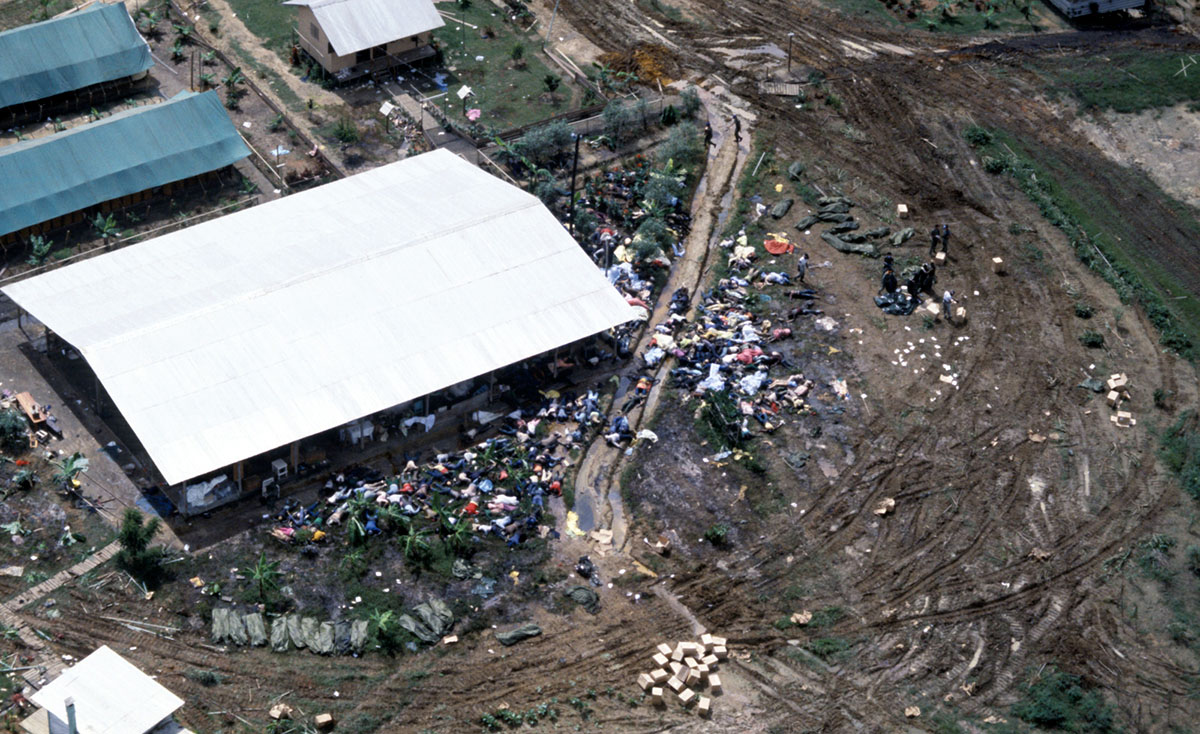
Where is Jonestown?
Jonestown was officially called the Peoples Temple Agricultural Project at the time it was inhabited. It is located in an exceptionally remote part of north-western Guyana, an English speaking country in South America. It’s situated in the Barima-Waini region, a sparsely populated territory of dense rainforest and winding rivers, near the small mining town of Port Kaituma. Guyana’s capital, Georgetown, is about 240 km (150 miles) to the southeast, a distance that feels much greater due to the lack of infrastructure.
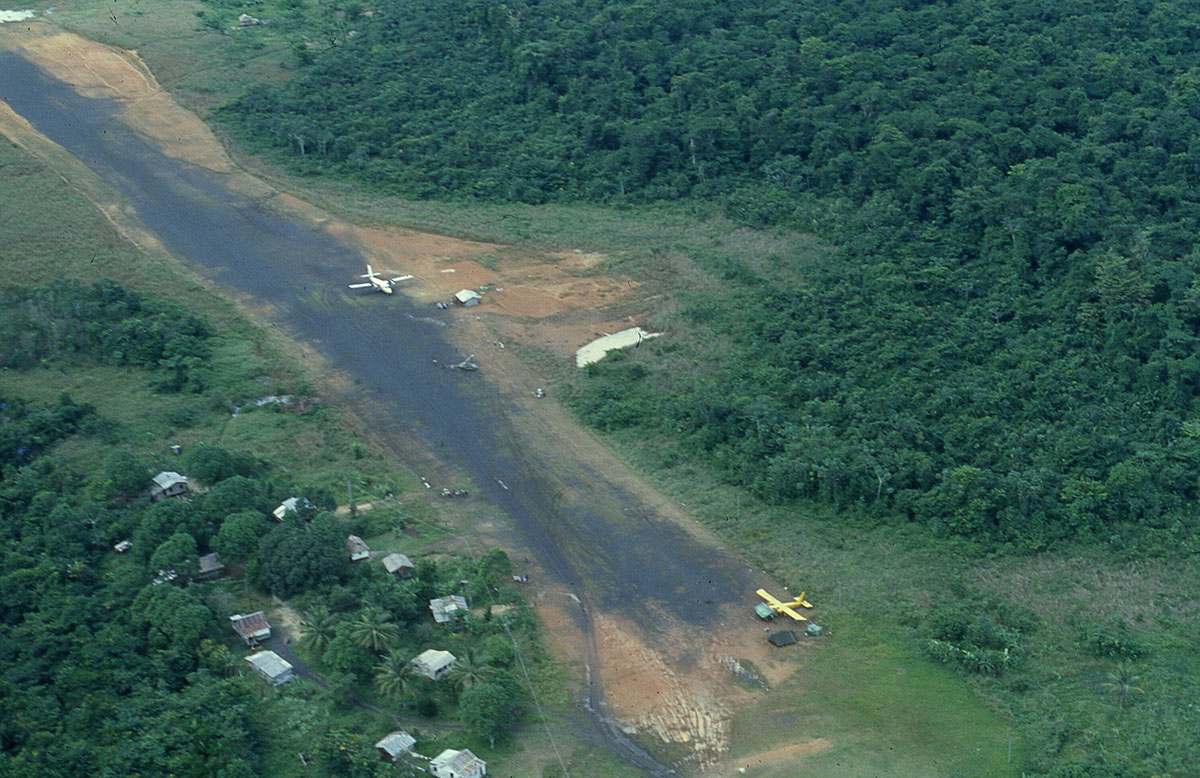
This sheer isolation was deliberate. Jim Jones chose the location specifically to cut his followers off from the outside world, making it nearly impossible for them to leave or for concerned relatives to reach them. Access to the area today remains difficult, usually requiring a small plane to land at the Port Kaituma airstrip, followed by a difficult overland journey deep into the jungle.
The History of Jonestown
The story of Jonestown begins with its founder, Jim Jones and his movement, the Peoples Temple. It is mostly referred to as a cult. Jones established the group in Indianapolis, Indiana in the 1950s as a progressive Christian church that blended Pentecostal-style preaching with socialist ideals. At a time when segregation was still the norm in America, Jones preached racial integration, economic equality and communal living. His message of social justice and inclusion resonated with many, particularly working-class African Americans who were drawn to the sense of community that the Peoples Temple offered.
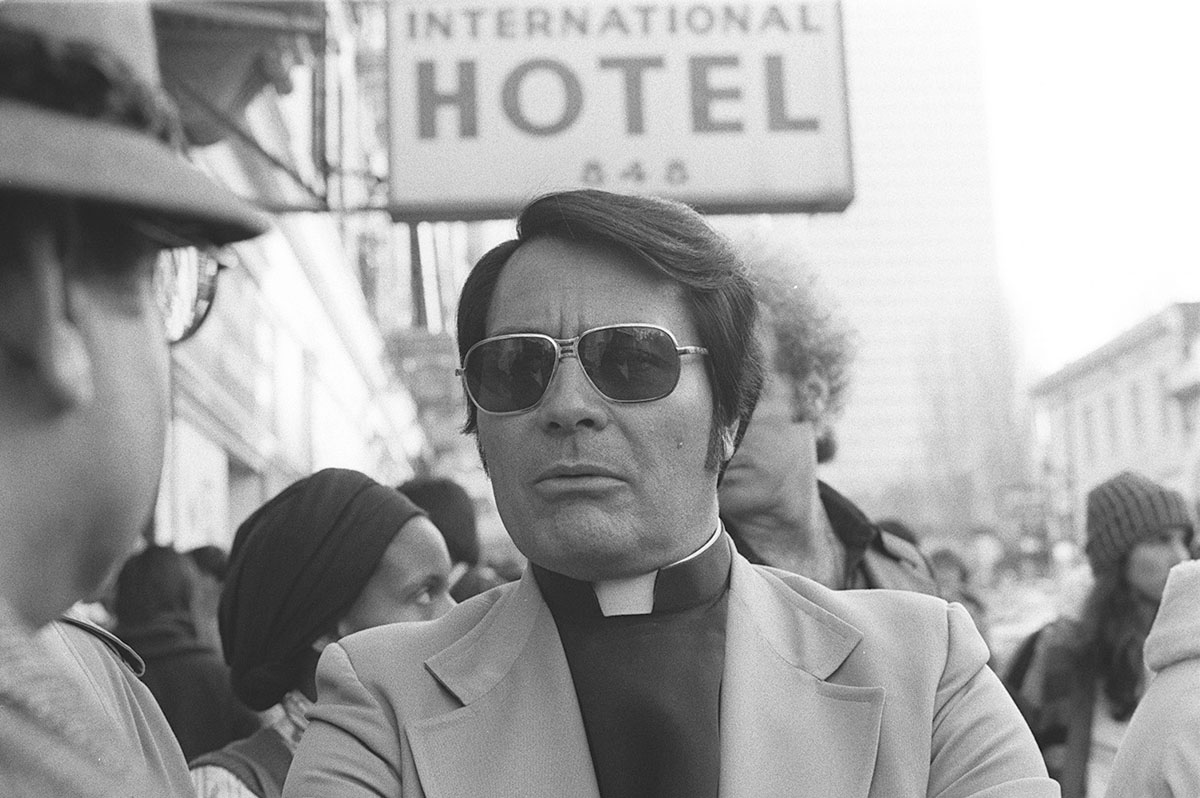
In the 1960s, Jones moved his congregation to California. There the Temple’s influence grew rapidly. Jones became a prominent public figure, cultivating relationships with politicians, activists and the media. He positioned the Temple as a progressive force in the fight for civil rights, poverty relief and equality. But behind this carefully managed public image lay a much harsher reality. Members were pressured to surrender their income, homes and even legal guardianship of their children to the church. Loyalty was enforced through fear. Those who resisted faced public humiliation, beatings or separation from their families. Dissenters who left were harassed or threatened.
By the mid-1970s cracks in Jones’s façade began to show. Journalists and defectors described a movement plagued by coercion, violence and cult-like devotion to its leader. Facing mounting investigations and fearing the collapse of his empire, Jones looked for a way out. He had already begun speaking of a socialist paradise abroad, a place free from the racism and capitalist decay of America. In 1974, the People’s Temple secured a lease for more than 3,800 acres of remote jungle in north-western Guyana, a small English-speaking country on the northern coast of South America which had gained independence from Britain in 1966. Initially promoted as an agricultural project, the settlement was meant to be a refuge for Jones’s most devoted followers.
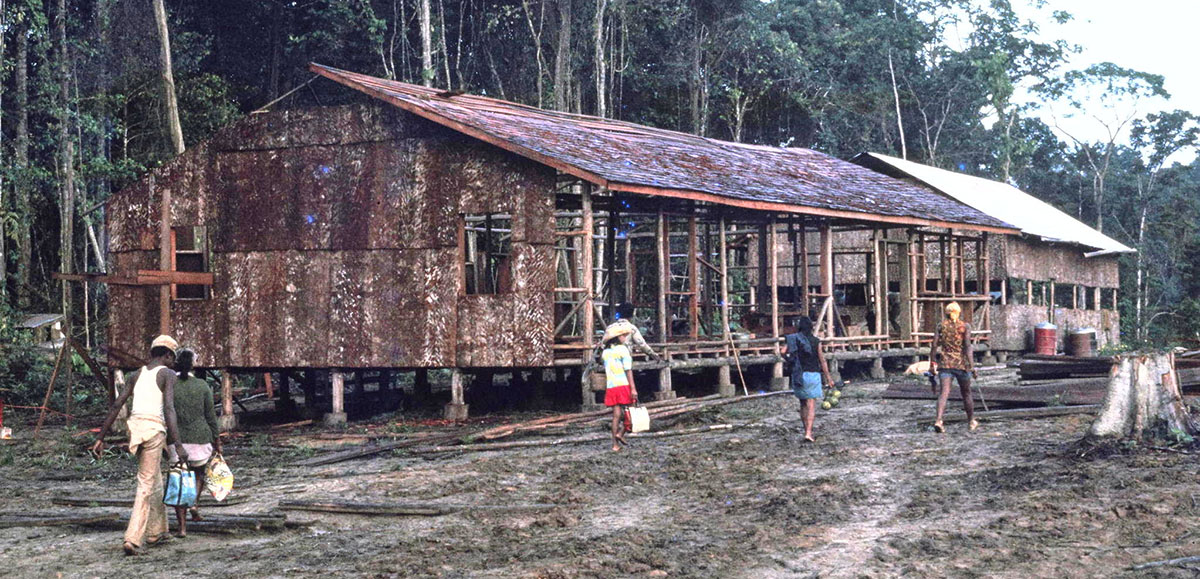
In 1977, after a scathing magazine exposé threatened to reveal the truth about abuse within the Temple, Jones abruptly relocated to Guyana. Hundreds of members followed, some willingly, others pressured to go. What had started as a modest farming outpost soon expanded into a settlement of nearly 1,000 people, one of the largest communities of its kind in modern history.
Life in Jonestown was far from the utopia Jones had promised. The work was exhausting. Residents laboured in the fields from dawn to dusk for six days a week in the brutal tropical heat. Despite their efforts, the soil was poor, crops often failed and food supplies were meagre. Meals usually consisted of rice, beans and occasionally small portions of vegetables or meat. Medical care was minimal and disease was a constant threat.
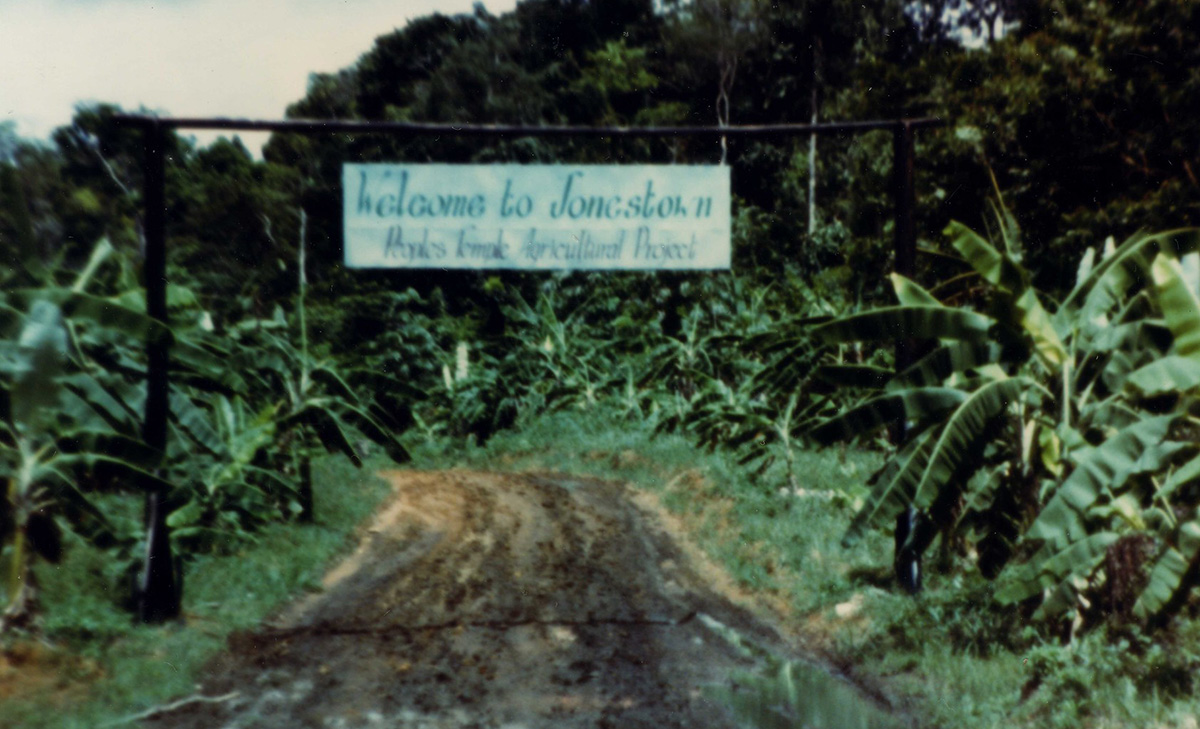
Meanwhile, Jones’s grip over the community tightened. Loudspeakers broadcast his voice day and night, filling the air with endless sermons, political lectures and paranoid warnings about enemies plotting to destroy the community. Armed guards patrolled the perimeter to prevent escape. Letters and phone calls were censored and contact with outsiders was heavily restricted. Residents were required to attend long night-time meetings where Jones railed against traitors and imperialists, keeping the community in a constant state of fear and exhaustion.
Jones’s own behaviour grew increasingly erratic. Struggling with failing health and addicted to amphetamines and tranquillisers, he became deeply paranoid. He warned that the US government, the CIA and even defectors were conspiring against them. To test loyalty he staged terrifying drills he called White Nights. Sirens would wail in the middle of the night, residents were assembled and cups of liquid were distributed. Jones told them it was poison, demanding they prove their devotion by drinking. When it was revealed to be a test many broke down in relief, but the repeated drills conditioned them to accept the possibility of mass death as an act of revolutionary protest.
By 1978, Jonestown resembled a prison camp with its members trapped in isolation, dependent on Jones and subjected to his every command. What began as a vision of equality and justice had become a nightmare of control, fear and despair. It would set the stage for the tragedy that would unfold later that year.
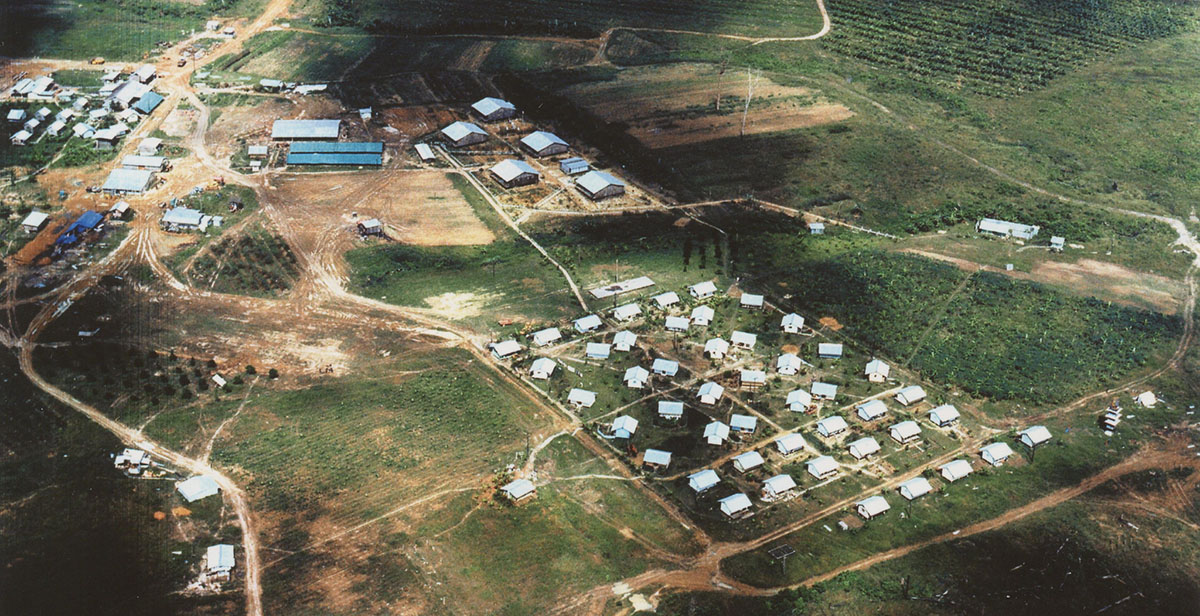
Why Was Jonestown Abandoned?
The end of Jonestown came about after a dramatic and tragic chain of events in November 1978. Growing concern from relatives of Peoples Temple members in the United States had led to mounting pressure on politicians to investigate what was happening in Guyana. In response, Congressman Leo Ryan travelled to Jonestown with a small group that included journalists, relatives of Temple members and concerned observers. Their goal was to see conditions for themselves and offer a way out to anyone who wished to leave.
At first, Jones and his followers staged a warm welcome. Visitors were shown people singing, dancing and enjoying community life. Yet beneath the surface tensions were clear. Some residents managed to slip notes to members of Ryan’s delegation, begging for help to escape. One note famously read “Help us get out of Jonestown.” These pleas revealed the reality that many were trapped, too frightened to defy Jones but desperate for freedom.
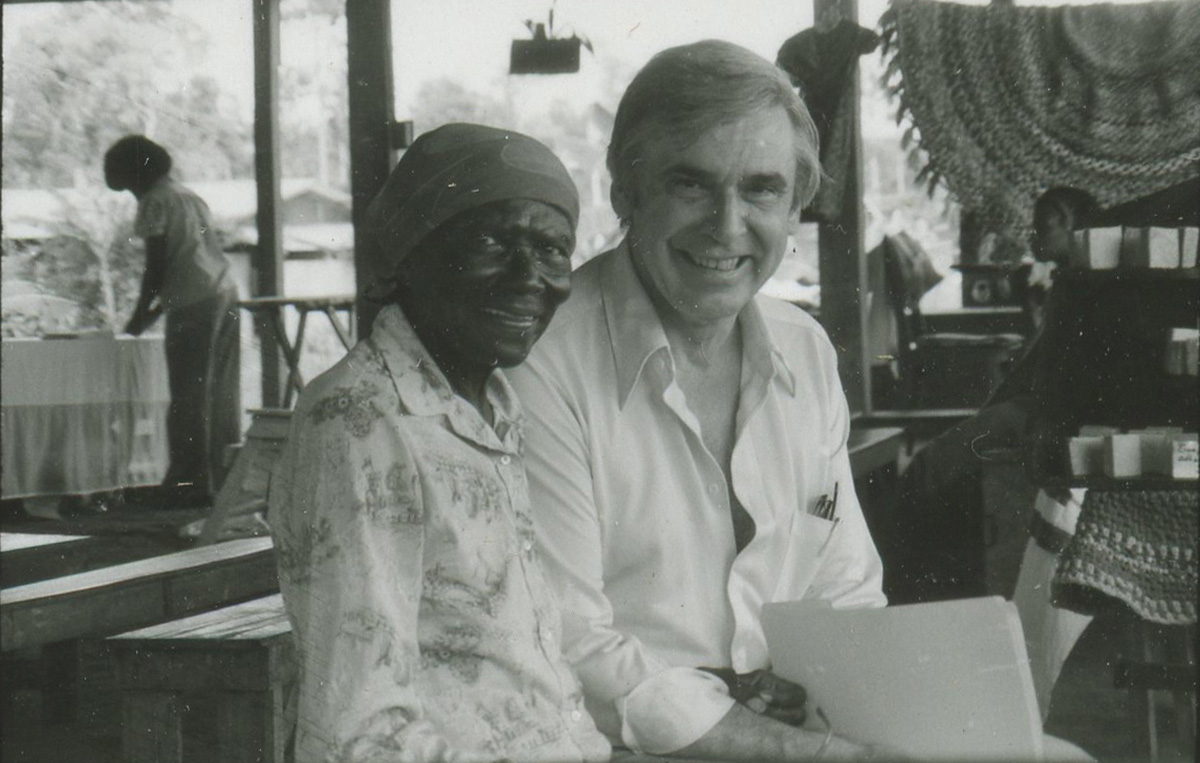
Over the course of the visit more Temple members came forward. They quietly told Ryan and the journalists that they wanted to leave with them. This angered Jones, who saw it as a betrayal and proof of outside interference. The atmosphere in Jonestown became increasingly tense. Ryan agreed to take those who wished to go and arranged for them to leave with his party the following day.
On 18 November 1978, Ryan and his group prepared to depart from the nearby airstrip at Port Kaituma. They were accompanied by more than a dozen Temple defectors but as they boarded two small planes, armed Peoples Temple members arrived and opened fire. Congressman Ryan, three journalists and a defector were killed. Several others were wounded. The attack sealed the fate of Jonestown.
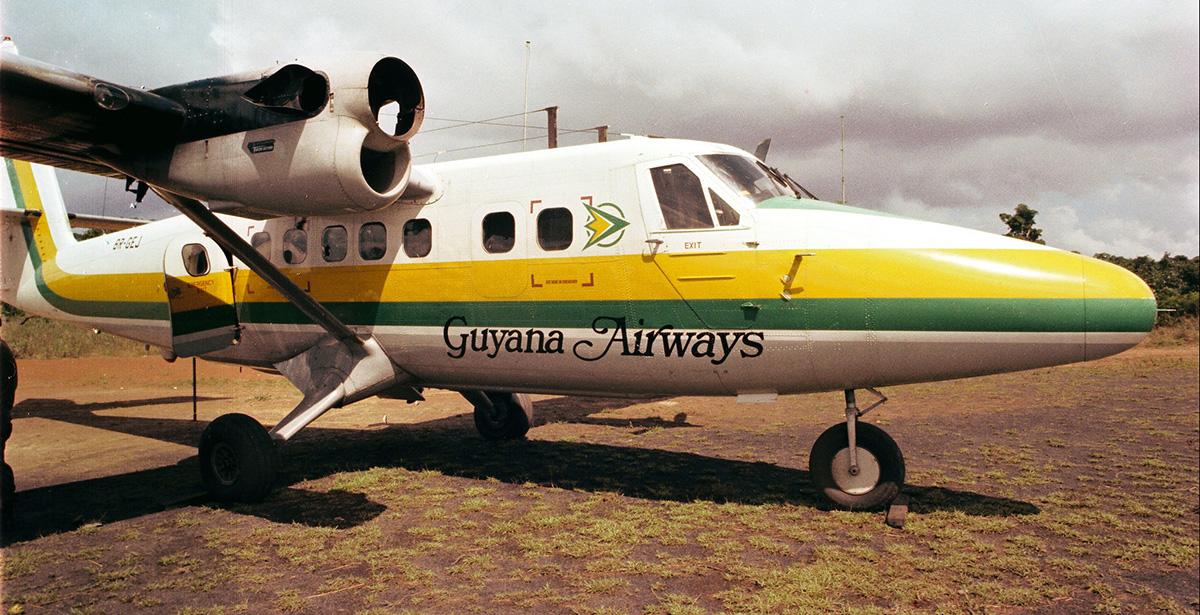
Back at the settlement, Jones gathered his followers and declared that the community had no future. He told them that the attack meant the American government would soon send troops to punish them and take away their children. In a final address broadcast over loudspeakers, he urged his followers to commit “revolutionary suicide” rather than submit to what he claimed was inevitable suffering. Large containers of a flavoured drink mixed with cyanide and sedatives were prepared. Parents gave the poison to their children before taking it themselves. Armed guards stood by to ensure compliance.
By the end of the night, more than 900 people, including over 300 children, were dead. Only a small number managed to flee into the jungle and survive. The settlement was left silent, filled with the bodies of those who had once sought refuge there.
In the days that followed, Jonestown was abandoned. Guyanese officials and American authorities arrived to recover the dead and investigate what had happened. The camp itself, once promoted as a model community, was left to decay in the jungle. Nature quickly reclaimed the site and within a few years little remained beyond the haunting memory of what had taken place there.
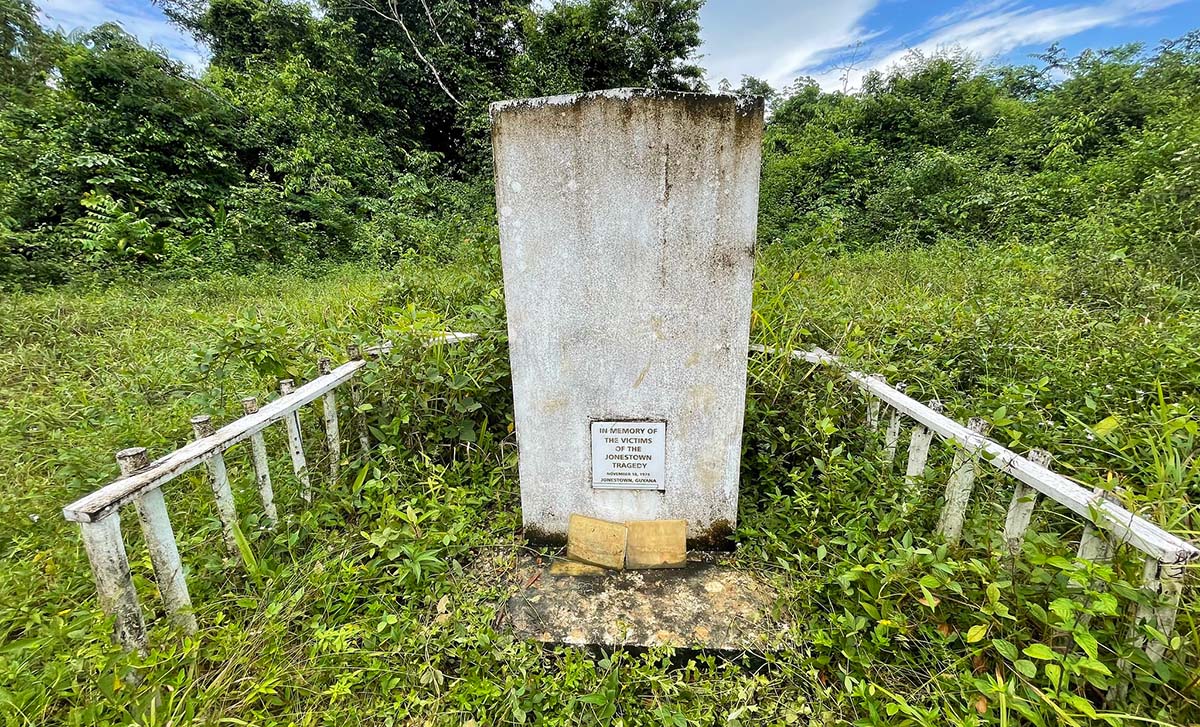
What is Jonestown Like Now?
For decades Jonestown has stood as it was left after those tragic events of November 1978. The jungle has swallowed much of the site with wooden frames collapsing under the weight of vines and foliage. Rusting vehicles and crumbling structures are all that remain.

In recent years, the future of the site has become the subject of debate. The Guyanese government has spoken about the possibility of developing Jonestown as a destination for dark tourism, aimed at visitors drawn by its tragic history. Supporters of this idea argue that, like Auschwitz in Poland or the killing fields of Cambodia, Jonestown could be preserved as an educational site. They believe it could warn future generations about the dangers of cults and the abuse of power.
The idea has been met with anger and sadness from many survivors and families of the victims. To them, turning Jonestown into a tourist attraction would be grotesque and deeply disrespectful. They see it as a way of commercialising the event and fear it would sensationalise the tragedy rather than honour those who died. More than 300 children were among the victims and families insist their memory should be treated with dignity.

At present the most significant memorial is not in Guyana but in Oakland, California. At Evergreen Cemetery, a monument lists the names of all 918 people who lost their lives in Jonestown, providing a place for reflection and remembrance.
The future of the site itself remains uncertain. It may one day be cleared and opened to the public, or it may continue to decay in silence beneath the Guyanese jungle. Whatever happens, Jonestown’s legacy is so powerful that it will never be forgotten.
For me, as someone with an interest in abandoned places, the Jonestown story has two horrors: the 1978 event, and the chilling silence of the ghost town it left behind. The jungle has almost completely erased the compound, leaving only a few-rusting relics as a memorial.
While I haven’t been able to visit this remote site, I found this incredible footage. It shows a local guide taking visitors on the difficult journey to Jonestown, showing exactly what’s left of the compound deep in the jungle today. It’s a haunting look at the ghost I was researching and a truly authentic glimpse into what the site is like now.

